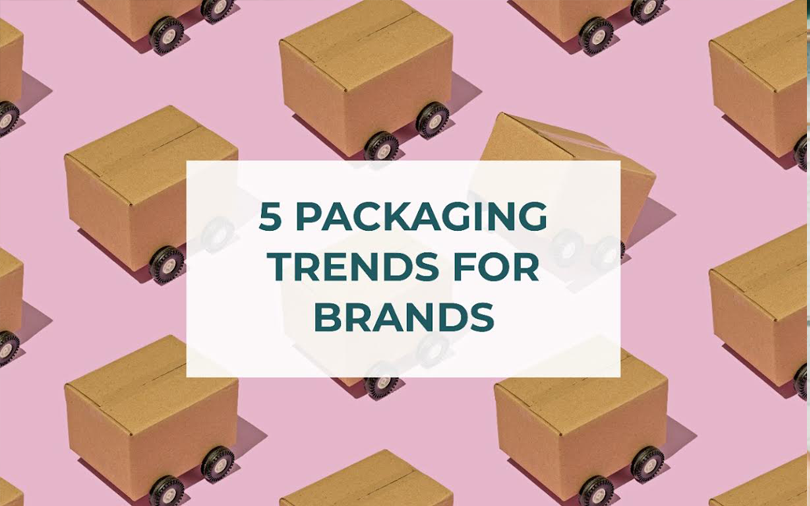Talk of packaging and its sole purpose is to merely protect the product. However, there has been a radical shift in how it is now perceived. With the advent of e-commerce, the importance of packaging has become immeasurable. It is the customer’s first touchpoint with a product: first impressions are formed, a quality test is set in motion, and judgments are cast. In fact, up to 84% of consumers find the packaging design to be important.
Packaging is also a medium for impressionable brand recall. Nielsen Breakthrough Innovation Report confirmed packaging as one of the most important factors for product marketing. It is indeed a fun, experimentative, and innovative space that is here to stay. We’ve done the leg work and listed 5 packaging trends that are casting a spell on consumer delight.
- Sustainability – According to a recent study, 79% of consumers change their purchase preferences based on social responsibility, inclusiveness, or environmental impact. Ecovia is one such brand which is allowing businesses to be more sustainable while shipping their products by providing bags which can be reused up to 100 times, and gamifying the experience for the end consumer. While Woola is also creating solutions to package goods sustainability by creating wool alternatives to plastic.

2. Personalization – Consumers have become competent at recognizing if an advertising message is specifically aimed at them or not. One way to get around this is personalization. The success of this trend was visible in Coca-Cola’s campaign wherein they printed their customers’ names onto their products, which led to a 2.5% increase in sales. Similarly, we have also seen a rise in this trend from D2C brands in healthcare, and skincare. Bare Anatomy is one such shining example in the Indian skincare ecosystem.

3. Connected Packaging – With a surge in smartphone users, companies employ QR Codes, or NFC chips, to interact with consumers digitally. This is a great way to build consumer awareness and deepen brand relationships. For example, Cavin’s integrated connected packaging to provide cashback to increase the adoption of their product. Appetite Creative is one such global company which facilitates this service for industry leaders like Coca-Cola, and Starbucks.

4. Localised Illustrations – This illustration style is on the rise as it allows brands to connect with consumers at a cultural level. These designs compel customers to make cultural attributions, that add to the quality and narrative of the products themselves. The same can be seen in the creative packaging of Kamya Foods, wherein they based their localization illustrations on the basis of which spice resonates the most with a particular state. Whereas, Forest Essential localizes its illustrations to portray ancient Indian culture to symbolically represent ayurveda.

Vintage/Throwback Packaging – This packaging style brings a feeling of nostalgia and a sense of creativity due to the old-school nature of the design. It communicates that the product has truly stood the test of time. Our favourite biscuit Parle-G is a great example of it, with its packaging being the same since its inception. Another great example of this would be Subko Specialty Coffee Roasters who also opted for this packaging style to impart credibility into the brand

The creative liberty with packaging is limitless and business owners ought to think of it beyond just the ‘must-haves’.





